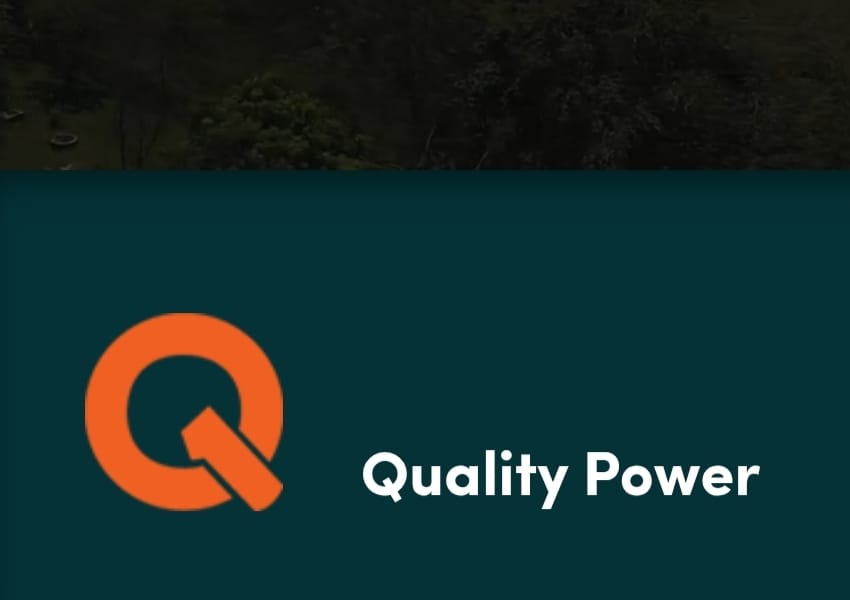World Bank Introduces Programme To Combat India’s Air Pollution

World Bank emphasises the importance of airshed-wide coordination to achieve substantial pollution reductions
In order to combat the dangerous effects of ambient particulate matter (PM) 2.5 pollution in India, the World Bank has started a campaign. 1.4 billion people are impacted by the nation’s worsening air pollution problem. The programme will establish the first comprehensive Regional Airshed Action Plan for the Indo-Gangetic Plains (IGP), which consists of seven states and union territories, as well as introduce airshed management tools and state-wide air quality action plans.
According to recent research, PM2.5, an airborne pollutant, is present at harmful levels in India for every individual. With a diameter of less than 2.5 microns, PM2.5 particles are extremely dangerous to human health and can cause conditions like heart disease, stroke and lung cancer. In India, air pollution caused 1.67 million fatalities in 2019 alone, or 17.8 per cent of all deaths.
Significant financial losses resulted from air pollution-related premature mortality and illness; these costs were USD 36.8 billion, or 1.36 per cent of India’s GDP. In India, there are several sources of PM2.5 emissions: burning biomass, burning fossil fuels, and wind-blown dust from factories and building sites.
The high atmosphere is where more than half of these emissions are created in a “secondary” way. Here, a variety of gaseous pollutants from diverse regions combine, adding to the pervasive and international effects of air pollution. The World Bank supports an “airshed” approach because it acknowledges that India’s air pollution problem is multi-sectoral and multi-jurisdictional.
Due to dangerously high air pollution levels, India is currently experiencing a serious public health emergency. The nation has taken several actions to address this problem, such as enhancing industry and automobile emission regulations, updating ambient air quality standards and encouraging the use of renewable and electric energy sources.
To tackle air pollution, subnational coordination and regional collaboration are required. The National Clean Air Programme (NCAP) is a government programme that targets 132 “non-attainment” cities whose pollution requirements are not fulfilled to improve air quality nationwide. The government has allotted about USD 1.7 billion as part of this programme to address air pollution in 42 cities with a population of one million or more.
As part of its Country Partnership Framework, the World Bank is also engaged in India’s Air Quality Management (AQM) programme. In addition to developing the first comprehensive Regional Airshed Action Plan for the Indo-Gangetic Plain (IGP), the AQM programme brings tools for managing airsheds and makes the process of creating State Air Quality Action Plans easier. Modelling is used in cooperation with academic institutions and industry professionals to improve regional air quality management.
To achieve significant pollution reductions, the World Bank underlines the significance of collaboration throughout the whole airshed. The convergence of climate change measures with India offers a chance for mutual gains. By concentrating on air pollution, India’s CO2 emissions might be greatly decreased, mitigating the effects of climate change.
The World Bank’s comprehensive approach aligns with India’s commitment to cleaner air, sustainable development and the well-being of its citizens. The goal is to reduce air pollution within a generation by drawing on successful strategies from other countries facing similar challenges










































































































































































































































































































































































































































































































































































































































































































































































































































































































































































































































































































































































